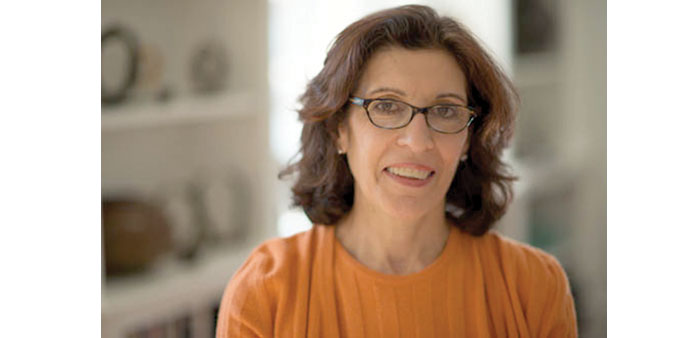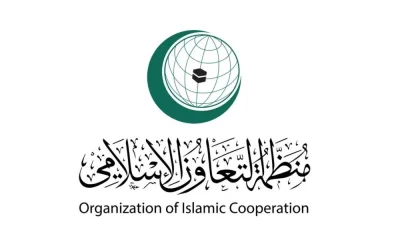BETWEEN THE LINES: Massumeh Farhad
By Anand Holla
Of the 12 scholars from around the world who explored the role of writing in Islamic art and culture during the recently held Sixth Biennial Hamad bin Khalifa Symposium on Islamic Art in Doha, Massumeh Farhad demystified manuscripts of ancient Iran by analysing “the intricate link to the written word with images.”
Farhad, who is the Chief Curator of Islamic Art, Freer Gallery of Art, Smithsonian Institution, Washington DC, gave a fascinating lecture titled Reading between the Lines: Text and Image in 16-Century Iran. A specialist in the arts of the book from 16th- and 17th-century Iran, Massumeh has curated numerous exhibitions on a range of subjects in Islamic art, and has also written extensively on 17-century Persian painting.
“Since at least the early 14th century, illustrations in Persian manuscripts have played a critical role in adding layers of meaning to a given text,” reads a note on the subject chosen by Farhad, who specialises in Persian, Indian and Turkish paintings, “Intricately linked to the written word, images have served as visual accents on particular moments in the narrative or pictorial elaborations on a concept, thus amplifying certain elements of the text.”
“The relationship of word and image, however, did not stop there. Some of the earliest extant manuscript illustrations are inscribed with autonomous phrases, verses, panegyrics, and religious invocations that imbue the images and, by extension, the entire codex, with additional significance,” the note further adds. Community caught up with Farhad to talk about art and more. Excerpts:
What is the idea behind analysing and discussing such a precise subject?
The idea is to make students, visitors, or even the uninterested parties, look at the work, realise how important they are, and realise how looking can tell you as much as reading a text. Careful looking is something that you can take beyond looking at a manuscript. You walk out of a store, you look around and careful observation can tell you a lot about where you are, what time it is, and why things look the way they do. It’s about reading things, reading signs and symbols. In many ways, looking at paintings is no different. It really offers you insight into a different world; just the way walking provides you with the surroundings.
In today’s age, when browsing content on gadgets, especially for the youth, have taken over the simple experience of viewing art in the museums and galleries, what can be done to engage them better?
I am constantly struggling to find ways to get the youngsters interested. We have all become so much focused on this little machine and on instant gratification. But at the same time, we know that there are some things that need concentration, and that you need to slow down and look at or read something carefully. In a way, looking at art is a way to teach that process. Especially for the younger generation, it’s something that needs to be learnt. Even if I get one person interested in slowing down and looking at a painting, I would feel I have succeeded.
How is viewing art still important to us as an experience, when nearly everything can be accessed on a mobile device?
There’s nothing like looking at the real thing. Just the way you can look at as many photographs or digital recreations of say, a sunset or a seascape, but the feeling of actually looking at one is very different. What is interesting is that all the progress in the digital world has made a lot of art work accessible, which is wonderful. In museums, what we have learnt is that people now want even more to come and see the real thing. So it doesn’t replace the actual experience of viewing the actual work of art. We are all afraid that the digital accessibility would replace coming and seeing the real object – but that has not been the case.
Why does Islamic art excite you?
I was always intrigued by Islamic art and have always tried to understand it because the education that I received, primarily, was western education. Islamic art is incredibly rich and varied. It never ceases to amaze. When you come here and go to the galleries, you make new discoveries, make new friends. The variety is remarkable. Just in these two days at the Symposium here in Doha, for instance, I have learnt so much from my colleagues and there’s so much to learn. It’s that excitement of discovery that keeps me going.
Being the Chief Curator with such a prestigious institution, how does art affect you? What really happens when you look at a work of art?
Personally, there’s this wonderful excitement of discovering something new and different; it sort of gives me that “Aha!” moment. It encourages you to try to find something more about it, while there’s also the excitement of seeing something beautiful and moving. A lot of times, there’s an emotional response to what’s before me. Professionally, I take it as my responsibility to somehow convey to others the importance that it holds.



